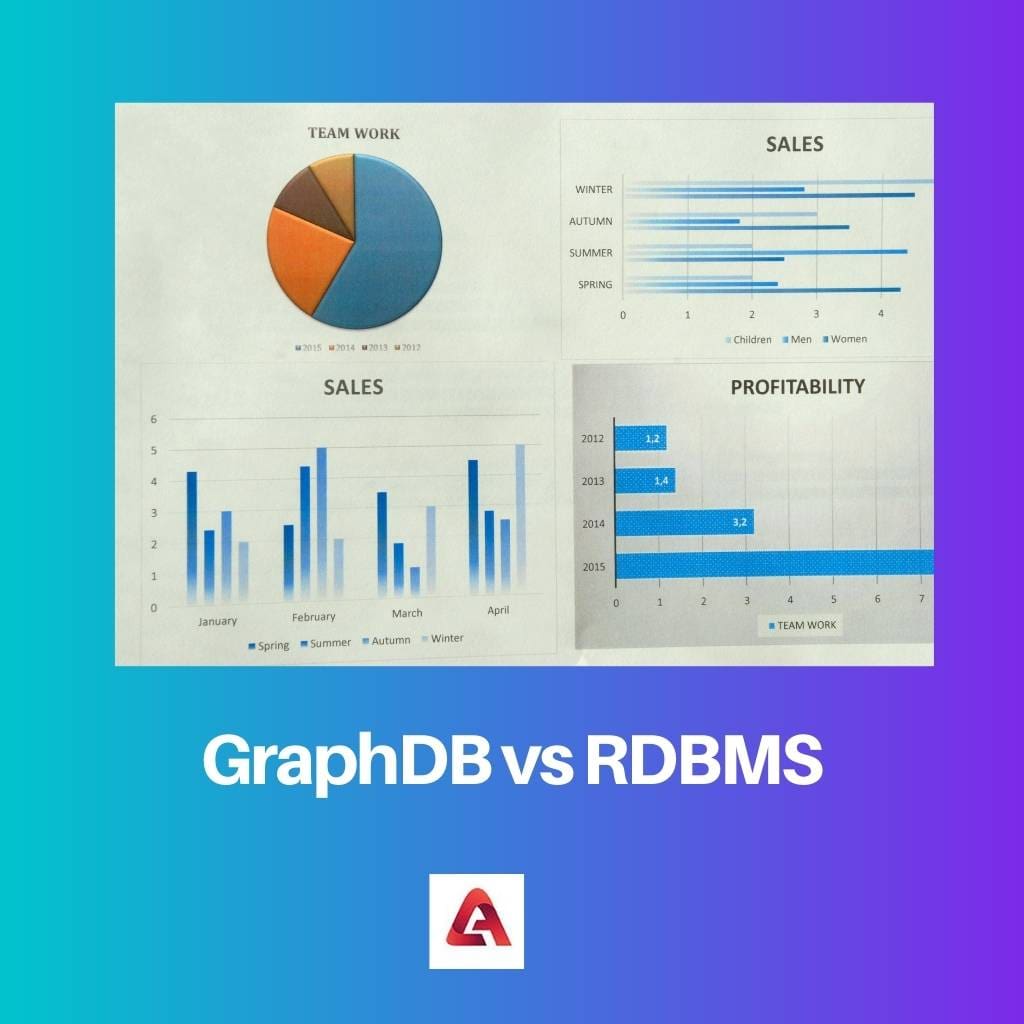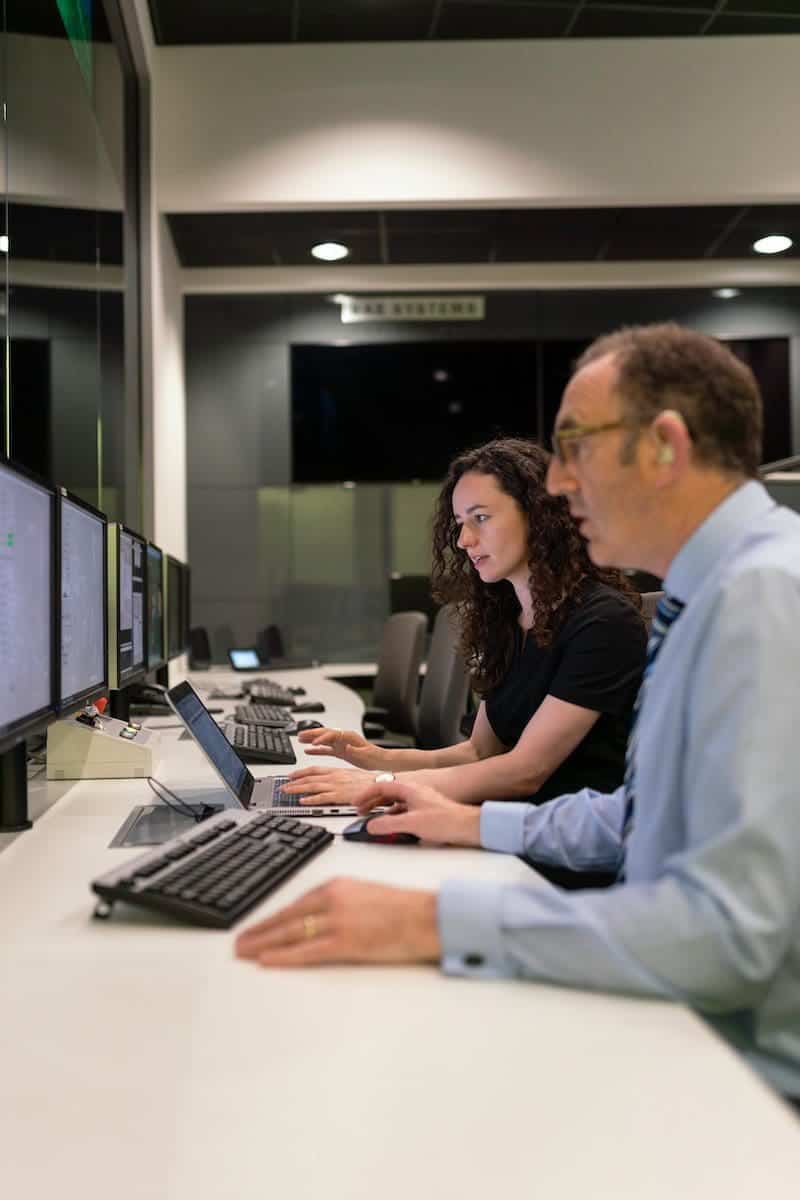The technology regarding databases has garnered a huge expansion over the years and options are innumerable. The top contender for NoSQL is GraphDB. It has the adoption of enterprise for some time and answers some of the most intense questions using data that is very hard to interpret.
Key Takeaways
- Graph databases are designed to store and manage data in graphs, focusing on relationships between data points.
- Relational databases (RDBMS) store and manage data in tables, using SQL for querying and manipulation.
- GraphDBs are more efficient for complex, interconnected data, while RDBMS excels at structured, tabular data.
GraphDB vs RDBMS
GraphDB stores data at nodes and edges to manage complex, interconnected data and enables flexible queries and fast data retrieval, making it ideal for applications. RDBMS is a relational database management system that stores data in tables and is optimized for relational queries.

GraphDB is a database in which the structure of a graph is used to represent data. It uses graphs for detailed knowledge and query with nodes and edges that are a part of it. It stores data in a sorted fashion.
The main interpreter is the graph. GraphDB is considered a NoSQL database and primarily does data storage in the form of a network graph. GraphDB is primarily composed of edges and nodes. Nodes signify entities that are specific, while Edges mean the connection between the latter.
RDBMS has some pros in some areas like control of data and sorting of data defined and also the aggregation of data is good. RDBMS is the data storage that occurs in the form of relational tables.
The tables are comprised of rows and columns in which each row has a key so they can be connected to a specific row.
Comparison Table
| Parameters of Comparison | GraphDB | RDBMS |
|---|---|---|
| Storage | Storage of data is in the form of a graph | Data Storage occurs in form of table |
| Format | In this there is presence of nodes | Presence of rows |
| Composition | Comprised of properties and its values | Comprises of rows and columns |
| Relationship | The nodes that are connected are defined in form of relationship | In RDBMS constrains usage is done. |
| Complex Queries | Join is not used and traversal used instead | Join is used and not traversal |
What is GraphDB?
GraphDB is specially built for navigation and storage. The value of databases of graphs resides in relationship building. These databases have storage of data via the nodes incorporated in them.
They also have edges that are used for entity storage. The edge has the following things a starting node, node for the end, type, and direction. There is no certain limit for a node to form an interlinking relationship particularly.
In GraphDB, the relationship or joint is extremely quick as the relation is not evaluated during the time of query and is kept in the database.
The advantages of GraphDB in fields like social networking, engines for recommendation, and detection of frauds especially when the need for creating of relation is needed in a hurry and quick query is needed.
Properties of GraphDB
- They incorporate a start node and also an end node.
- The graph is made a directed graph.
- The graphs are quite agile, and new data can be incorporated in already the one that exists and that too without any functionality loss.

What is RDBMS?
RDBMS goes the full form of the relational database management system. The model; can be presented and comprise rows and columns. It is the inclusion of components like:
- Table
- Record or Tuple
- Field
- Domain
- Instance
- Schema
- Keys
The table can refer to the data evaluated and collected and then represented in the form of rows and columns. The table goes by a different name in each database. The row of the respective table goes by the name record. It can also be referred to as a tuple.
The field is the heading of the column or a row. The domain can be said as the values that are permitted for a particular attribute. If the value is beyond the domain attribute, then the value cannot be accepted.
Properties of RDBMS
- Atomic values
- Presence of unique rows
- Values in the column are of the same data
- The column is comprised of the new name
- Consistency is maintained in multiple tables via integrity constraints.

Main Differences Between GraphDB and RDBMS
- As GraphDB is growing at a staggering rate, it is important to distinguish between GraphDB and RDBMS. Both GraphDB and RDBMS have a prime focus on data relations. Each of these has its unique pros and how they interlink data between them.
- In GraphDB, the storage of data is in the form of a graph, while in RDBMS, the storage is done in the form of a table.
- One of the main differences between RDBMS and GraphDB is the entity relationship and the storage.
- GraphDB has the presence of nodes, whereas RDBMS has the presence of rows,
- In GraphDB records and relations are done in a separate manner and that too individually, while in RDBMS, structures are already defined initially.
- In a GraphDB the storage of relation is done at a level that is the isolated and individual level while in RDBMS there is the involvement of table definitions and at a high level.





